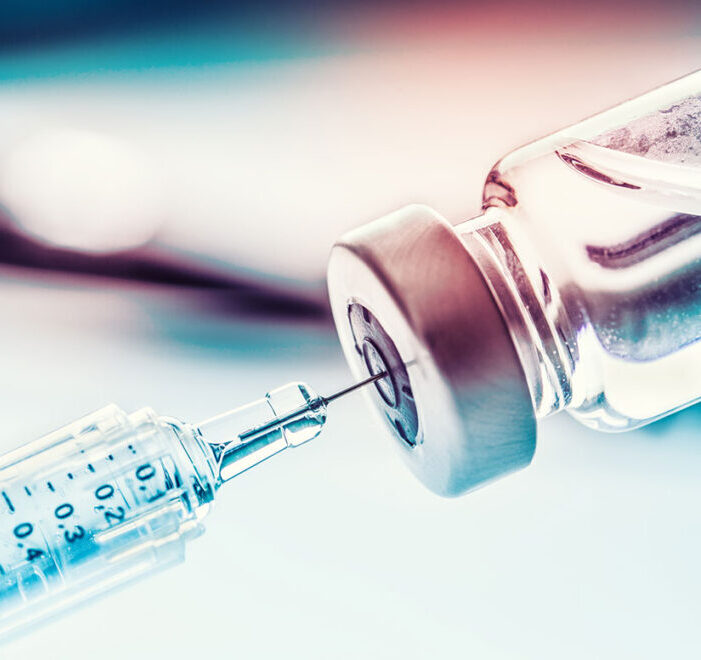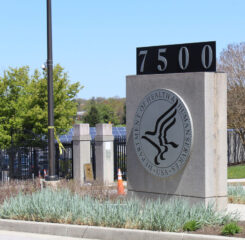Interview with Dr. Katelyn Jetelina March 23, 2022
Katelyn Jetelina, PhD, Assistant Professor in the Department of Epidemiology at University of Texas Health Science Center, joined the March 23, 2022 LeadingAge Coronavirus Update Call. She responded to questions from Ruth Katz and from callers. The interview is summarized here:
Q: How did you got started doing this work and producing the highly-valued newsletter Your Local Epidemiologist ?
A: In March 2020 I began emailing students, faculty and staff with updates about COVID. They found it valuable and suggested I post on social media. It then turned into a newsletter that reaches hundreds of thousands of people.
Q: Let’s start with the big question of how much should we be worried about this BA.2 variant that is really taking hold in Europe?
A: BA2 is a subvariant of omicron BA1. The severity of disease is the same as BA1 and vaccines, especially the boosters, work against it, as does prior infection with BA1. Cases of BA2 are now 35-50% of cases in U.S. When a virus hits 50% we begin to see its effects – that will likely be in the next couple of weeks. In Europe it is finishing the job of BA1. However, it is difficult to say exactly how BA2 will play out in the U.S. The U.S. had higher rates of BA1 disease, so we may not see the same picture as in Europe. We can keep an eye on the states in the Northeast as that is where BA2 rates have risen earliest. We are at the mercy of time to see how BA2 plays out in the U.S.
Q: You have said recently that we are “riding the waves” of COVID. What should we do to both prepare for these waves in variants but also continue our return to a more normal period?
A: This is the mantra I have followed – when transmission is low, enjoy it. Taking those breaks will help build up resilience in the long term -this is a marathon, not a sprint. So enjoy, and when it is low we also have to prepare: get vaccinated; get boosted (only 44% are boosted); order antigen tests (free from through the USPS right now); and advocate for better filtration systems to improve air quality which will help with other things too like allergies and flu. When cases are ticking up, put your mask back on and use the antigen tests.
Q: Healthcare providers are using transmission levels, while the CDC now encourages the public to look at community levels. Should most people be paying attention to transmission levels as well?
A: Transmission rates in the community are incredibly important. They tell you what the probability is of you encountering and transmitting the virus. If the community transmission rate is less than 50/100,000 you can relax a bit, but if the rate is more than that consider wearing a mask. There are lots of pockets in the country right now with cases under 50/100,00 but there are pockets of much higher rates.
Q: You also recently have done some research into the effects of Long COVID. What are some of the patterns of long- term symptoms and issues from a COVID recovery?
A: Slowly but surely, we are learning about long COVID. Ten to 30% of infected people get long COVID, including people who had asymptomatic infections. The longer the virus sticks around, the greater the number of people affected by long COVID will be. There are a variety of impacts – many quite serious -including brain and thinking problems, diabetes, heart problems, fatigue and reduced ability to perform day-to-day activities. It is clear that the health footprint of this pandemic will extend for decades. It is important to note that vaccines substantially reduce the risk of long COVID.
Q: One of the more important conversations you have been raising is how do we continue to talk about the risk and danger of COVID while also realizing that many in our country want to move forward? What advice do you have for LeadingAge members to continue to convey the real risk of COVID and its variants but still maintain trust and avoid fatigue?
A: These conversations are incredibly difficult as risk is multi-dimensional and difficult to communicate because it is nuanced. Risk is fluid and changes over time. Vaccines do a great deal to reduce risk. We need to self-reflect about what risks we want to reduce – hospitalizations and death? Infection and possibility of long-COVID? It is important to look at people’s health status, age, and other factors in the risk calibration and we need to respect the differences in the ways people assess and respond to their own risk.
Q: Congress recently pulled funding for more COVID-19 program funding. If we don’t get more funding what will we lose- from a public health perspective?
A: The U.S. is in pivotal moment. We can learn from our mistakes not just for future mutations, but also for future public health threats. We need to prepare. There are two different conversations happening. The first is short term relief for this COVID 19 pandemic including such things as anti- virals, antibodies, vaccines, testing, etc. There is also the long-term conversation about how we prepare for the next pandemic or public health threat. There is no doubt, from my perspective, that Congress has to act now- this is everyone’s health we are concerned with, and we need to work together against the virus.
Q: You mentioned wastewater surveillance. Is that a good indicator moving forward given the number of people who are using in-home tests and may not be reporting results?
A: Yes, wastewater surveillance is a great indicator to use. However, that surveillance is so scarce across the US that we can’t rely on it alone. Also, with wastewater we can only see trends and it doesn’t tell us how many people are infected. If you have wastewater surveillance in your community do pay attention to that as it will signal changes more quickly than some other measures.
Q: Staff will soon be traveling for summer vacations. How should we have conversations about travel, safety, and so forth as people return to work?
A: Antigen testing is relatively inexpensive, and I would recommend using these tests. Perhaps take one three days before you return to work and another the day you return to work. That should be a good indicator of whether one is a risk to others.
Q: If community transmission increases, should providers change their screening program?
A: That depends on what the screening program is. Once you see exponential growth it is imperative to take action sooner than later.
Q: You mentioned stocking up on home antigen tests. How many do you recommend people have on hand?
A: There is no firm number – perhaps 2-4 per person depending on what you can afford. It is also important to pay attention to expiration dates.

Most Recommended
July 11, 2025
 Budget Reconciliation 2025
Budget Reconciliation 2025
July 08, 2025
Pathways for Foreign-Born Workers
Recently Added
July 15, 2025



